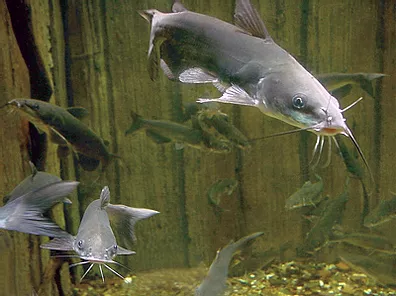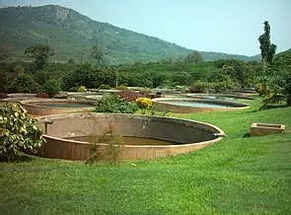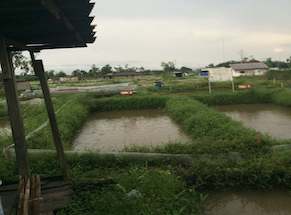Catfish Farming
Fish Farming Catfish: Facts and Implementation
Aquaculture: Aquaculture is the production, through artificial cultivation techniques, of any aquatic plant or animal, such as fish, shrimp and clams. Aquaculture is sometimes referred to as “the agriculture of the oceans,” involving the “growing” and “harvesting” of aquatic life, including but not limited to fish, shellfish and algae.
Although it is a relatively new field, already about sixty (60) percent of total worldwide production of fish and seafood currently comes from aquaculture “farms.” Environmentally, as aquaculture production expands to meet the global demand for fishery products, it is essential that efficient and sustainable production systems be developed and utilized by trained professionals.
Benefits of catfish production
The African Catfish (Clarias Gariepinus) is widespread all over Africa and is regarded as an important dietary and protein source. It enjoys a warm climate, growing in earth ponds, concrete ponds, tanks, channels or cages. The fish reaches a market size of 1-1.5 kg within a relatively short time.
Catfish can eat almost anything it can find in nature. However, in a commercial production, it is important to feed it with quality food to ensure fast growth and optimal weight/size.
Unlike other fish, catfish can also breathe fresh air from the atmosphere. It can survive and grow in brackish and low-oxygen water. It can tolerate high density (biomass) per M3 water.
Rationale and Benefits
Fish farming initiatives have many benefits that can be viewed from different angles. They affect individuals, communities and the country’s macro-economy. They can be viewed in measurable economic and business terms as well as non-measurable terms, such as health and education.
• Family Dietary Improvement – Nutrition – high quality meat source that is rich in protein, but very low in fat.
• Extra Income for households.
• Exploit private resources such as water and land.
National/State Benefits:
- Reduce fish import and hence save foreign currency expenditure.
- Boost economic development of GDP.
- Reduce unemployment, poverty and political unrest.
- Reduce malnutrition, illnesses and medical costs.
- Utilization of unexploited resources – land, water and labor.
Concrete, Earth Ponds & Metal Pond




Marketing
Catfish flesh has many practical selling options such as fresh, live, smoked, cooked and more. Catfish is very popular worldwide and is the most desirable and preferred fish in Africa. The farms are usually designed to market a linear share of the annual production every week.
Most of the production is sold at farm gate or is transported to local markets. One should take into consideration that such distribution requires good facilities such as an ice machine, a refrigeration room, cooling pickup and more, to keep the fish fresh.
If restaurants or hotels are located at a reasonable distance, the farm may try to establish long-term business relations and to increase its profit margins.
Risk Management
Investors must be aware of some risks that can jeopardize their production. Among these are:
• Meteorological conditions at the site and the climatic conditions, the chance for flooding, storms and drought.
• Monitoring and patrolling farms regularly to prevent theft, sabotage and vandalism.
• Check beforehand for a chance of pollution from neighboring industries.
• Farms should seek technical and data support to reduce the risk of technical misunderstandings. Learning from their own mistakes can be an expensive tuition fee.
